Heritage & History
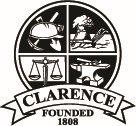
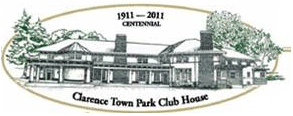

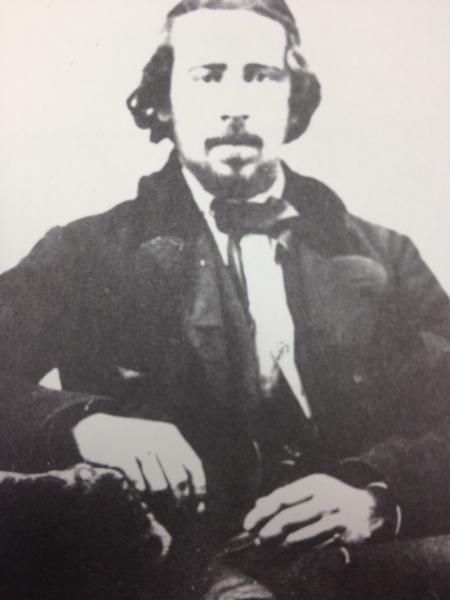
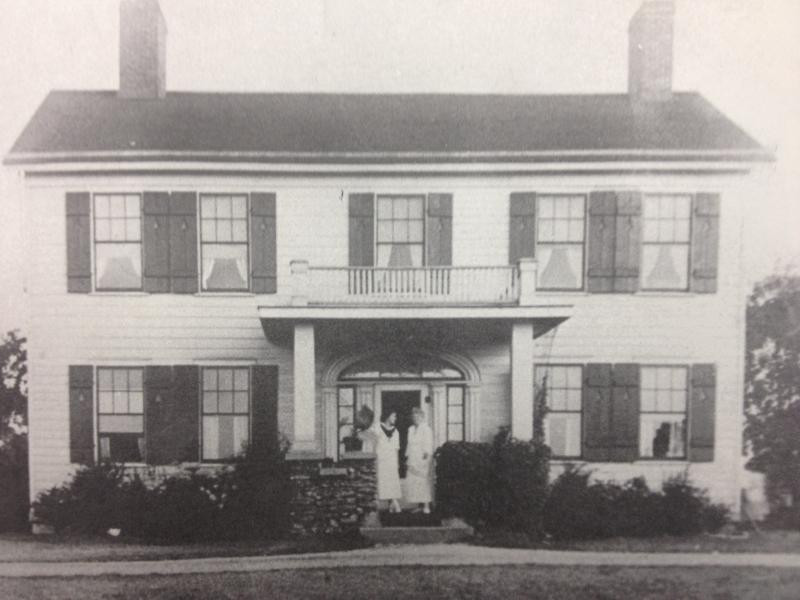
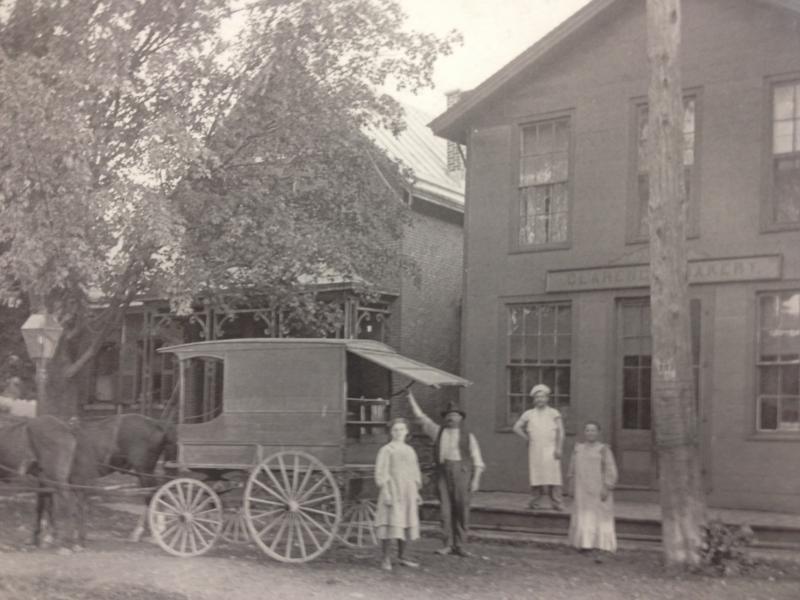
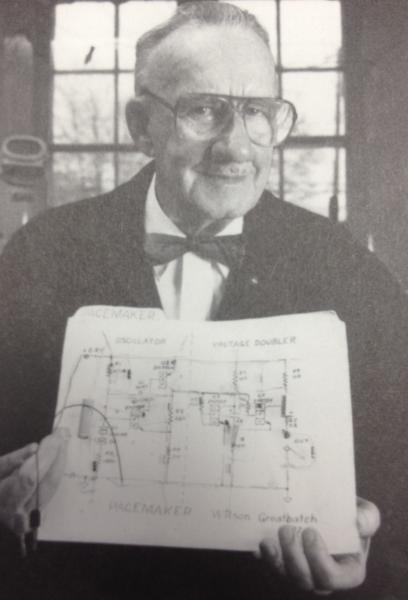
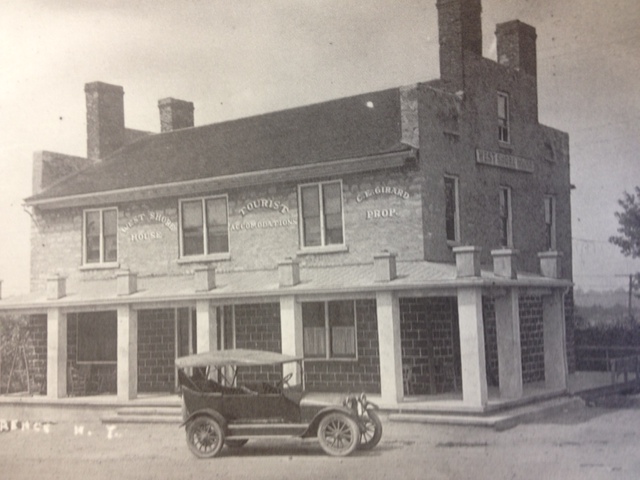
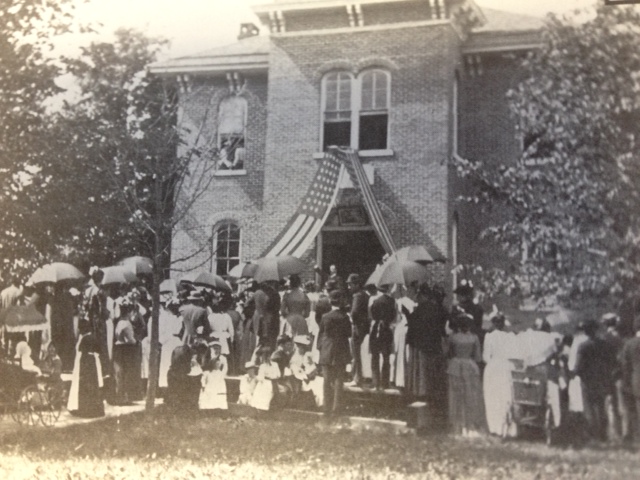
Since its establishment, Clarence has progressed from an isolated, heavily forested wilderness inhabited by a few sturdy pioneers to a thriving suburban town. Named from the English House of Clarence, the Town was established as the first township in Erie County on March 11, 1808. It contains more than 52 square miles and, while it has not incorporated villages, it is comprised of communities of Clarence, Harris Hill, Clarence Center, and Wolcottsburg as well as parts of the hamlets of Swormville, East Amherst and Millersport.
At one time the Town was inhabited by Native Americans and was called “Ta-Num-No-Ga-O” place full of hickory bark. Subsequent names changes occurred including Ransomville, Pine Grove, Ransom's Grove and Clarence Hollow, before it became known as Clarence.
In 1799, before the town had been established, Joseph Ellicott, an agent for the Holland Land Company, offered lots on old Buffalo Road to those who would build and operate taverns upon them. These lots were 10 miles apart and were sold at the company's lowest price of $2 per acre on a long-term no interest basis. The first settler to take advantage of this offer was Asa Ransom a young silversmith from Geneva, New York, who became the Town's first resident. Ransom erected a spacious, two-story log house and tavern where he opened the Holland Land Company's land office in 1801. That spring he erected a sawmill on he banks of the creek that winds through Clarence Hollow and bears his name. He expanded his operations in 1803 by building a gristmill. In 1807, Asa Harris, a Revolutionary War colonel, constructed a tavern along the Buffalo Road on a barely discernable rise today known as Harris Hill.
During the war 1812, the able-bodied men and boys of Clarence marched off to join the American militia assembling on the Niagara Frontier. Just before Buffalo burned during this struggle, Smith and Hezekiah Salisbury, publishers of the Buffalo Gazette, escaped with their printing equipment to the Harris Tavern. They subsequently printed their first issue there on January 14, 1814.
After the depression of the 1930's, there was a land boom and the Town experienced its greatest period of development after World War II. Census records show that in the year 1900 there were 2,948 people residing in the Town and 6,331 in 1950. Ten years later, the population doubled to approximately 13,267. In 2000 the census figure showed the Town population in excess of 26,000 people. The current 2010 census figure for the Town's population is 30,673.
Agriculture was the chief source of income. However, the industrial history of the Town began with the manufacture of potash, followed by brick factories, which used clay from the banks of Ransom Creek. This development was followed by rock quarrying operations which provided sand and gravel for a number of industries. With the discovery of a large deposit of gypsum on Roll Road, National Gypsum Company built a plant and began operations in June 1926. This was followed by Universal Atlas Cement Company also on Roll Road and in later years, the Certainteed plant on Kraus Road. The pioneering work in the development of the heart pacemaker and other items of medical electronics by Wilson Greatbatch brought this industry Clarence and provided employment for many people in the 1980's.
The Town of Clarence continues to grow today with many new residential homes being built. We are rich in history and proud of our heritage.
 Town of Clarence
Town of Clarence